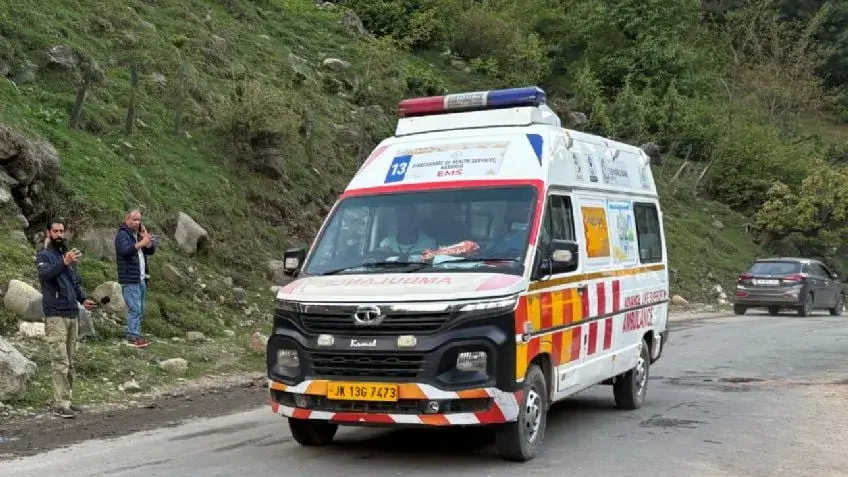The Air Quality Index reached 393, dangerously close to the threshold for a complete lockdown, as PM2.5 levels soared to 50 times the WHO safe limit.

NEW DELHI — Pollution levels in New Delhi surged once again on Wednesday, reaching an Air Quality Index (AQI) of 393 points, according to the Central Pollution Control Board (CPCB). This figure places the air quality in the “very damaging” category for health, nearing the severe threshold that triggers emergency lockdowns.
According to the Swiss platform IQAir, which measures global air quality using a different scale, New Delhi ranked as the most polluted city on the planet this Wednesday, surpassing Lahore, Pakistan, and Tashkent, Uzbekistan.
The concentration of PM2.5 particles—microscopic pollutants that are most harmful to human health because they can enter the bloodstream—exceeded 250 micrograms per cubic meter at noon. This is more than 50 times the daily limit recommended by the World Health Organization (WHO).
Under India’s official scale, the current AQI reading of 393 reflects the concentration of eight different pollutants monitored across various stations. If the index crosses the 450-point mark, authorities will be forced to activate Phase IV of the Graded Response Action Plan (GRAP). This severe protocol includes drastic restrictions such as closing schools, banning non-essential truck traffic, and shutting down public offices and construction projects.
So far this year, the capital has not yet had to implement this final stage, though Phase III of the GRAP was activated last Tuesday. However, the measures applied to date have failed to significantly reduce the toxic haze enveloping the city.
Every winter, a combination of seasonal factors and human activity aggravates the crisis in the Indian capital. Cold temperatures trap pollutants in the lower atmosphere, creating a dense, persistent smog. This is compounded by emissions from vehicles and nearby industries, residue from festival fireworks, and the widespread burning of crop stubble in neighboring states.
The situation affects the more than 30 million inhabitants of the metropolitan area, sparking public outrage. On November 9, dozens of demonstrators gathered in the city to demand concrete government action against the persistent toxic air crisis.
Amidst a thick fog charged with dangerous microparticles, parents attended with their children, many wearing masks and holding banners with slogans such as “I miss breathing.”
“Year after year, it is the same story, but there is no solution,” said Tanvi Kusum, a lawyer who participated in the march out of frustration. “We have to exert pressure so that the government at least takes the issue seriously.”
The health implications are dire. PM2.5 levels have at times reached values up to 60 times higher than international limits. A study published by The Lancet Planetary Health last year estimated that 3.8 million deaths in India between 2009 and 2019 were linked to air pollution, underscoring the severe and sustained impact on public health over the last decade.
Keep Independent Journalism Alive
In a world flooded with noise, independent journalism is more vital than ever. We work hard to bring you clear, accurate, and unbiased international news — free from corporate or political influence.If you believe in the power of honest reporting, please consider making a donation. Every contribution, big or small, helps us stay independent and keep the world informed.
Support us via PayPalYour support makes a difference.


